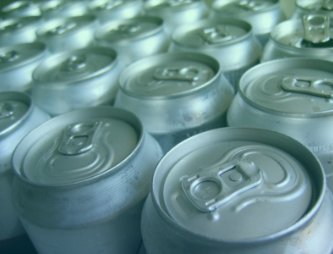-
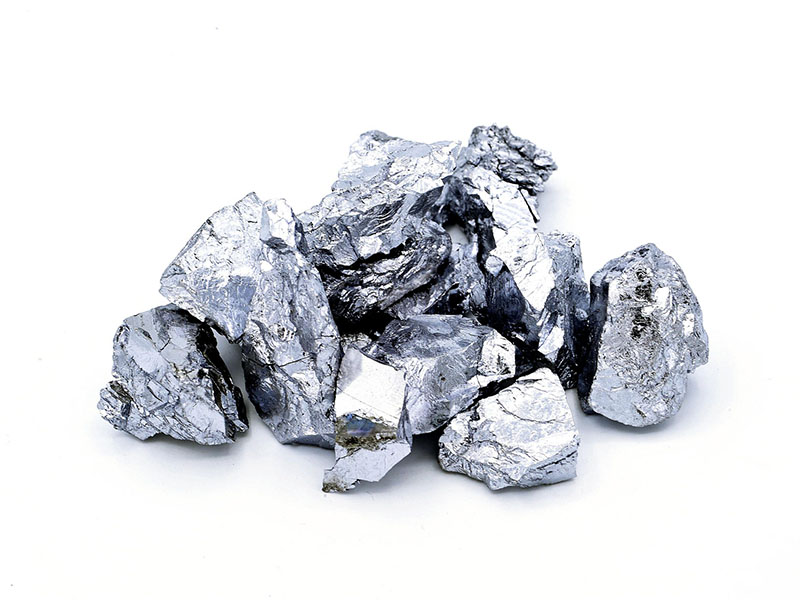 01 Natural resourceSee More01 Natural resource
01 Natural resourceSee More01 Natural resourceMetallic mines are extracted from nature raw.
Metallic mines are extracted from nature raw.
-
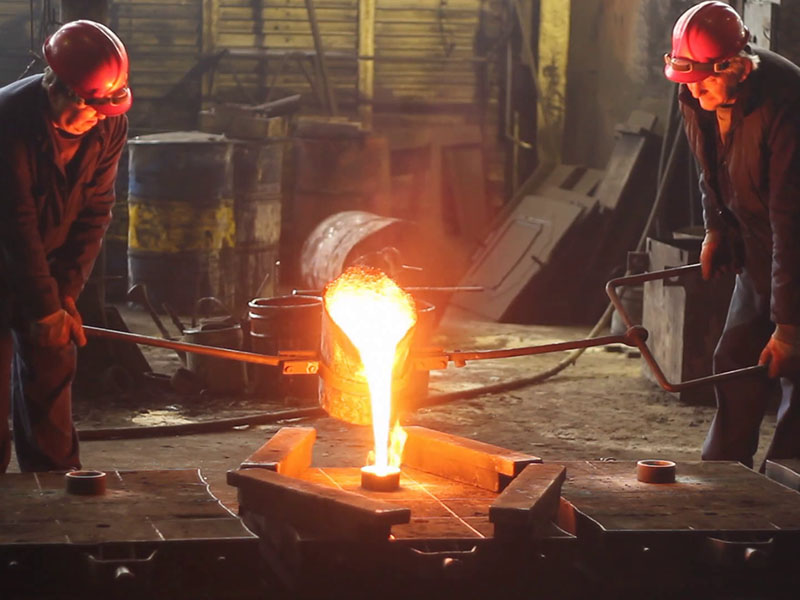 02 Raw materialsSee More02 Raw materials
02 Raw materialsSee More02 Raw materialsThe raw material is converted to metallic by melting and gradual cooling under appropriate conditions.
The raw material is converted to metallic by melting and gradual cooling under appropriate conditions.
-
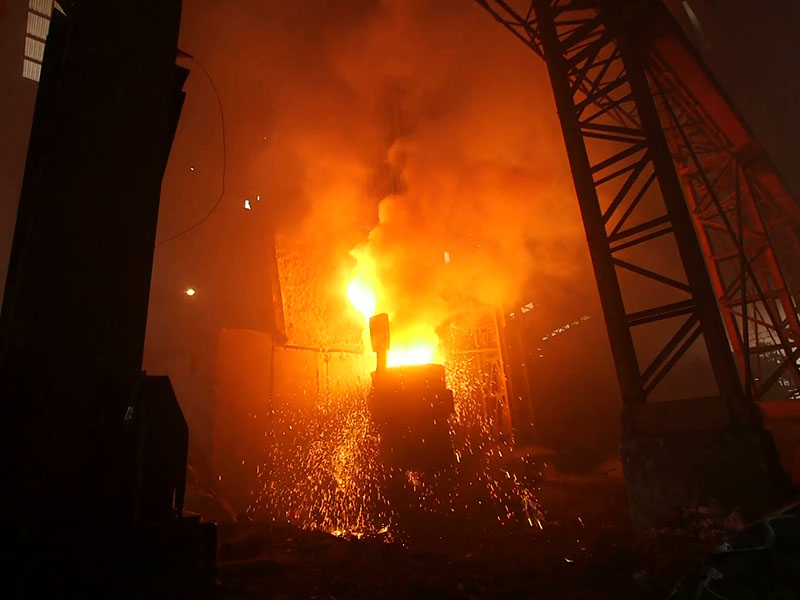 03 IndustrySee More03 Industry
03 IndustrySee More03 IndustryInitiatives for iron and steel production in our country started after the establishment of the Republic under the leadership of the public and the first iron and steel enterprise was established in 1930s in Kırıkkale. Metals have a wide range of applications in industry due to their superior properties in a wide variety of types. They are considered to be the most important building and machine material, especially because of their superior mechanical properties. Metals are divided into two as iron-based metals and non-ferrous metals. Steel (iron-based metal) and aluminum (non-ferrous metal) are among the metals that have a large share in the recycling and recovery market.
Initiatives for iron and steel production in our country started after the establishment of the Republic under the leadership of the public and the first iron and steel enterprise was established in 1930s in Kırıkkale. Metals have a wide range of applications in industry due to their superior properties in a wide variety of types. They are considered to be the most important building and machine material, especially because of their superior mechanical properties. Metals are divided into two as iron-based metals and non-ferrous metals. Steel (iron-based metal) and aluminum (non-ferrous metal) are among the metals that have a large share in the recycling and recovery market.
-
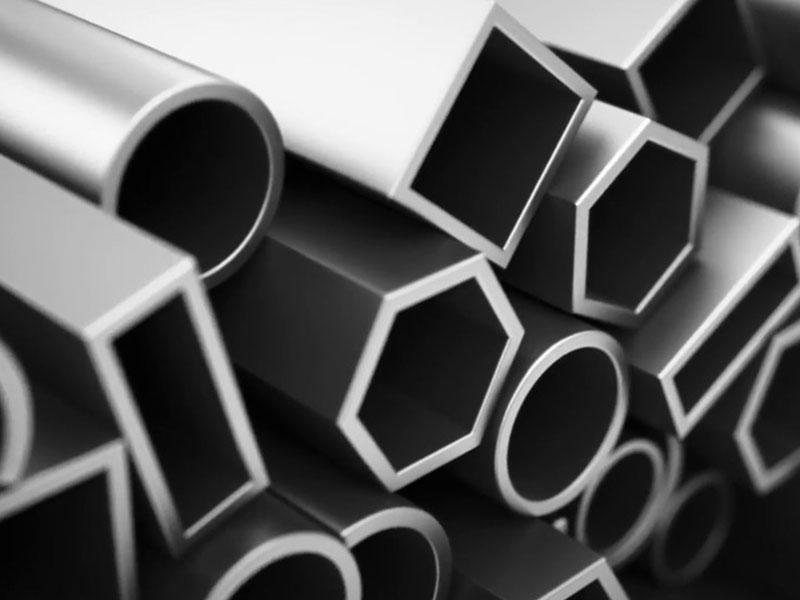 04 ProductSee More04 Product
04 ProductSee More04 ProductUsage areas of metallic mines; Gold, Antimony, Chrome, Copper, Bauxite, Iron, Silver, Tin, Lead, Zinc, Cadmium, Molybdenum, Nickel, Tungsten, Vanadium. These mines are used with a wide range of products according to their intended use.
Iron and steel containing iron (steel is a low alloy of iron with carbon) are melted in electric arc and induction furnaces, basic oxygen furnaces and integrated plants, and are reusable metals in various ways.
Non-ferrous metals are mainly copper, zinc, lead, aluminum, nickel, brass, tin and magnesium. Non-ferrous metals also include precious metals (gold, silver palladium, platinum, etc.) and rare exotic metals (tungsten, molybdenum, nyobidium, hafnium, vanadium, zirconium, tellur, arsenic, beryllium, indium, lithium, cadmium, gallium, germanium, cobalt, bismuth, cerium, selenium, tantalum, titanium, mercury, etc.).Usage areas of metallic mines; Gold, Antimony, Chrome, Copper, Bauxite, Iron, Silver, Tin, Lead, Zinc, Cadmium, Molybdenum, Nickel, Tungsten, Vanadium. These mines are used with a wide range of products according to their intended use.
Iron and steel containing iron (steel is a low alloy of iron with carbon) are melted in electric arc and induction furnaces, basic oxygen furnaces and integrated plants, and are reusable metals in various ways.
Non-ferrous metals are mainly copper, zinc, lead, aluminum, nickel, brass, tin and magnesium. Non-ferrous metals also include precious metals (gold, silver palladium, platinum, etc.) and rare exotic metals (tungsten, molybdenum, nyobidium, hafnium, vanadium, zirconium, tellur, arsenic, beryllium, indium, lithium, cadmium, gallium, germanium, cobalt, bismuth, cerium, selenium, tantalum, titanium, mercury, etc.). -
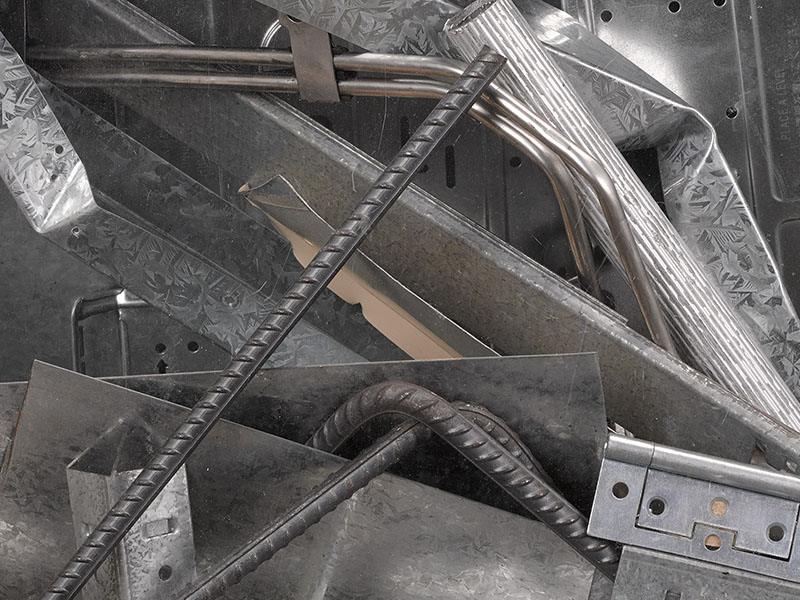 05 WasteSee More05 Waste
05 WasteSee More05 WasteMetal scrap sector is a large and complex sector. Scrap metals; it has a considerable diversity, is not easily understood and has a very large resource. The main objectives of recovery include reducing the volume of waste to be disposed of and the protection of natural resources and the reduction of environmental pollution. Metals can be recycled endlessly without compromising their quality.
Metal scrap sector is a large and complex sector. Scrap metals; it has a considerable diversity, is not easily understood and has a very large resource. The main objectives of recovery include reducing the volume of waste to be disposed of and the protection of natural resources and the reduction of environmental pollution. Metals can be recycled endlessly without compromising their quality.
-
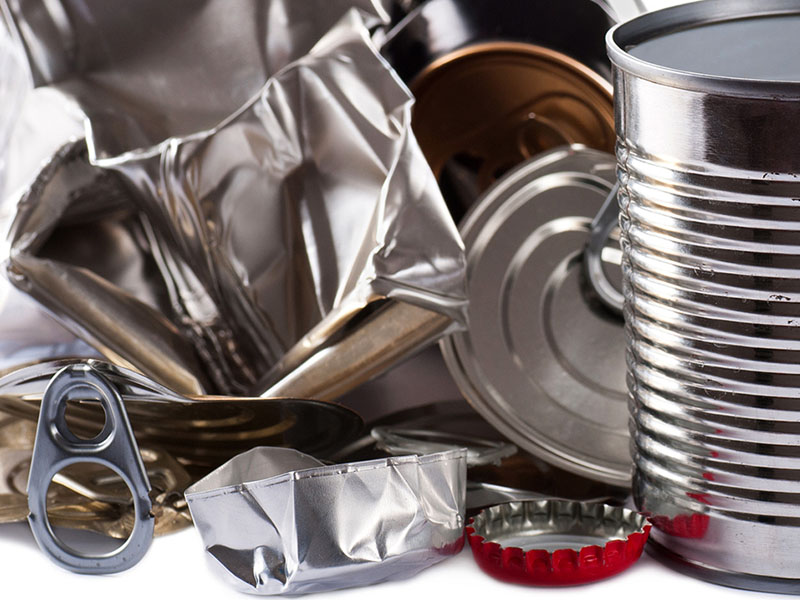 06 Environmental and Human Health HazardsSee More06 Environmental and Human Health Hazards
06 Environmental and Human Health HazardsSee More06 Environmental and Human Health HazardsMetal Recycling is an Important Factor to Reduce Global Warming Threat.
Moreover, the amount of energy needed during this process is much less than the amount of energy consumed to extract the same metal from the mine.
In addition to saving energy, recycling also greatly reduces CO2 emissions.Metal Recycling is an Important Factor to Reduce Global Warming Threat.
Moreover, the amount of energy needed during this process is much less than the amount of energy consumed to extract the same metal from the mine.
In addition to saving energy, recycling also greatly reduces CO2 emissions. -
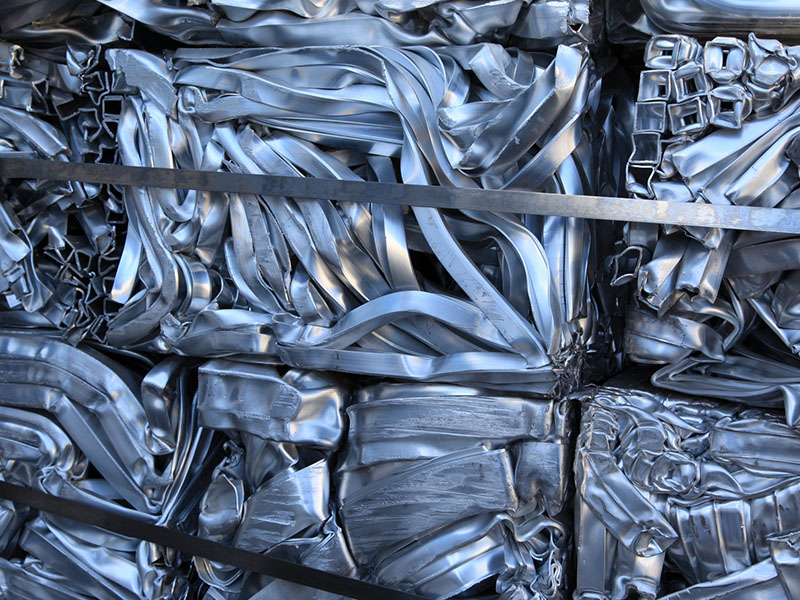 07 Methods to be AppliedSee More07 Methods to be Applied
07 Methods to be AppliedSee More07 Methods to be AppliedMetal recycling, collection, classification, crushing-cutting-shredding, transport-unloading, baling, pressing compaction, re-use for repair, melting, cooking, refining, use of chemicals, shaping and etc. is a series of many-step operations.
Metal recycling, collection, classification, crushing-cutting-shredding, transport-unloading, baling, pressing compaction, re-use for repair, melting, cooking, refining, use of chemicals, shaping and etc. is a series of many-step operations.
-
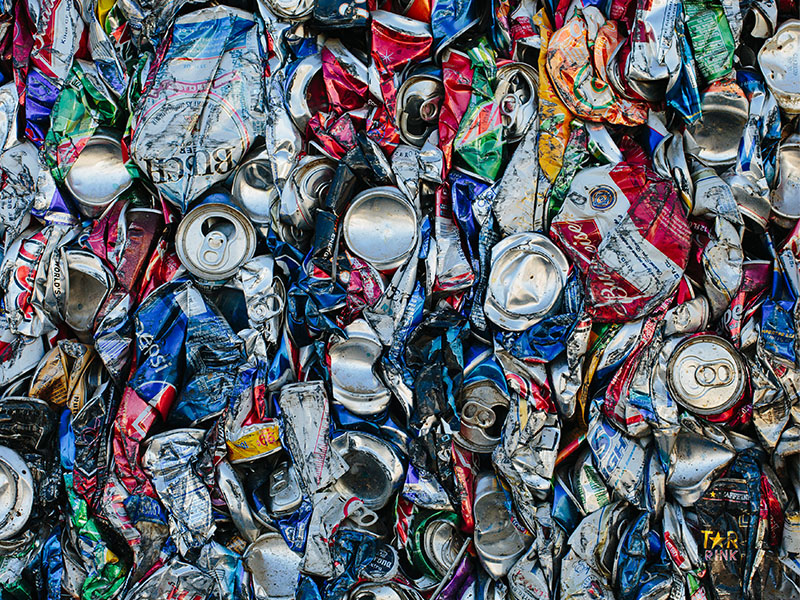 08 Collection pointsSee More08 Collection points
08 Collection pointsSee More08 Collection pointsWe have to deliver metal waste to licensed facilities for recycling.
We have to deliver metal waste to licensed facilities for recycling.
-
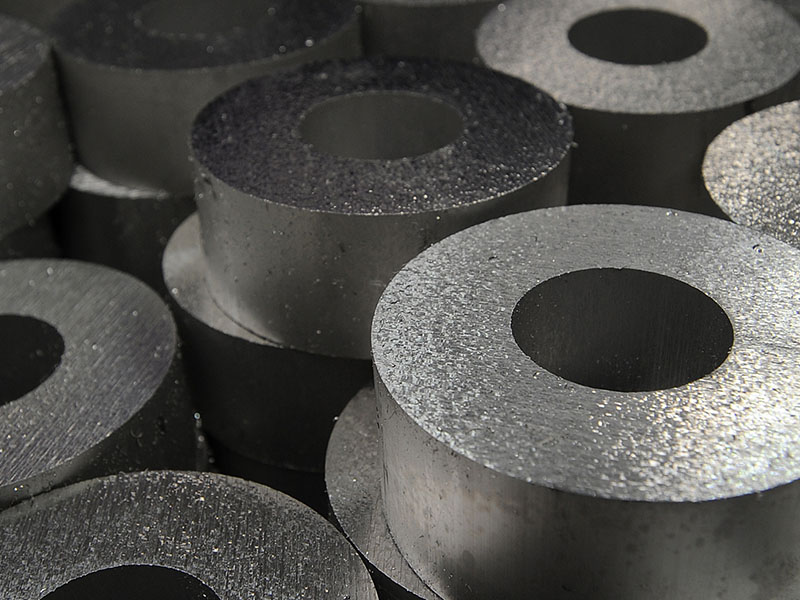 09 RegainSee More09 Regain
09 RegainSee More09 RegainAccording to research, the energy spent for the recovery of metals is much less than the energy required to remove metals from the mines.
Since metal is an endlessly recyclable material without loss of quality, it has a very important place among the wastes that can be recycled.
With the recycling of metal wastes, these wastes become raw materials and are reused by melting during production.
Significant energy savings are achieved by recycling metal wastes.According to research, the energy spent for the recovery of metals is much less than the energy required to remove metals from the mines.
Since metal is an endlessly recyclable material without loss of quality, it has a very important place among the wastes that can be recycled.
With the recycling of metal wastes, these wastes become raw materials and are reused by melting during production.
Significant energy savings are achieved by recycling metal wastes.

